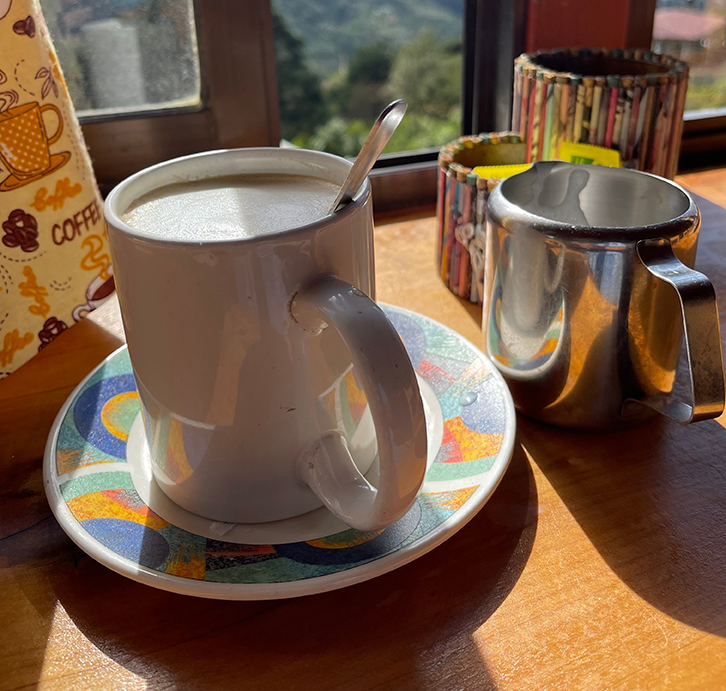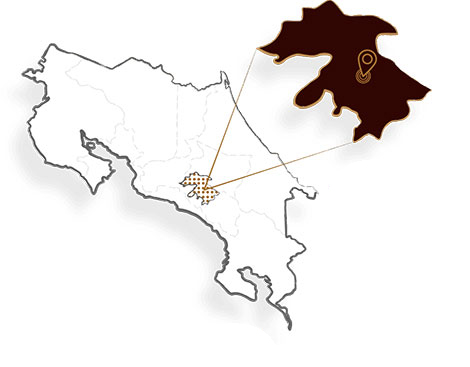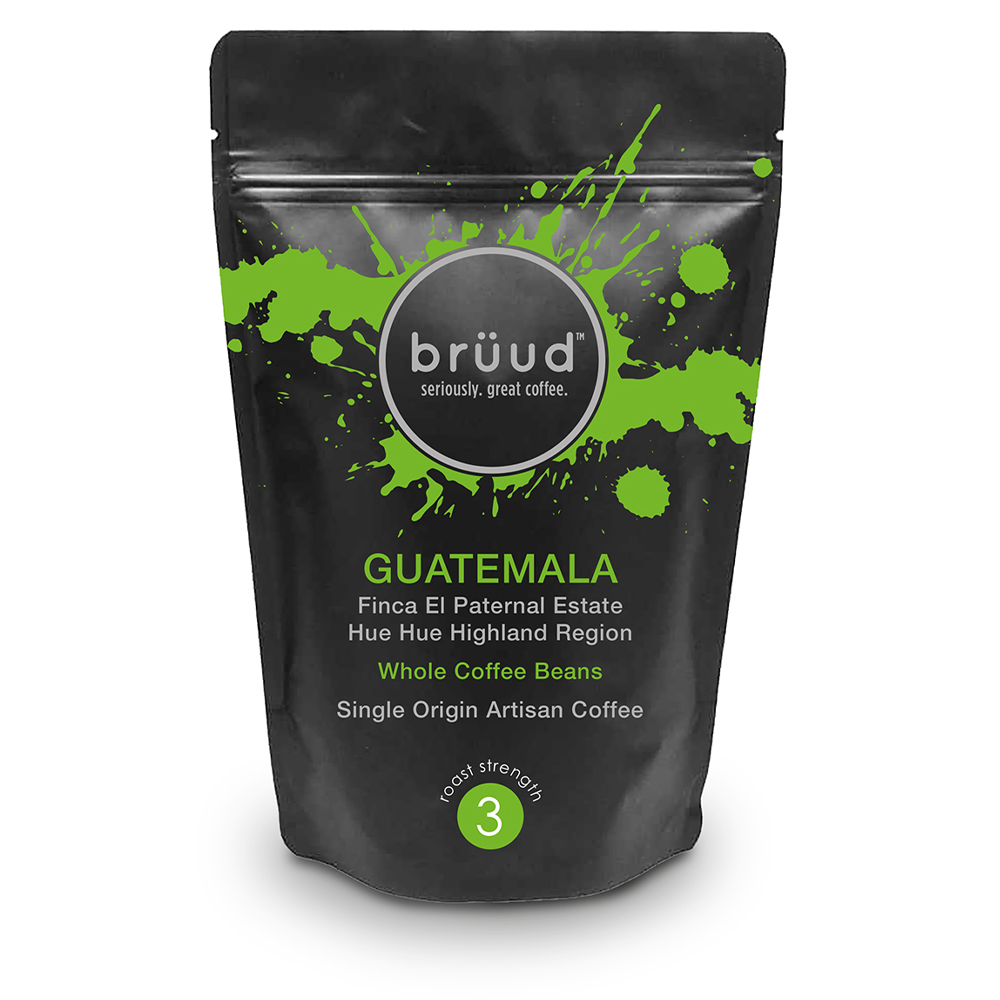Costa Rican Coffee – Caturra Estate Coffee

The Coffee
Costa Rica is the only place in the world where producing any form other than the Arabica, the finest quality coffee bean, is forbidden. Furthermore, a rule barring the growing of low-quality beans was implemented in 1989, urging Costa Rican farmers to strive for absolute excellence.
Costa Rica's top high-grown coffees, in particular, are noteworthy for their full body and fruity and crisp acidity with a crisp and clean flavour.
Costa Rican coffees are widely regarded as having some of the most delicate coffee complex flavour profiles in South and Central America, with high growing altitudes and mild acidity, resulting in excellent coffee reviews.
Costa Rica is a relatively narrow country surrounded by oceans on both sides, with extensive coastlines, but it nevertheless achieves optimum coffee-growing heights.
The Flavour
Costa Rican coffee is known for its distinct flavour notes, which include a brown-sugary sweetness, citric undertones, and apricot-like fruity flavours.
Costa Rican coffees are becoming increasingly popular worldwide, and it's clear to see why once you try them. They feature subtle honey and grapefruit tones and a blast of malt for added depth of flavour.

The History
Nearing the end of the 1700s, coffee took root in Costa Rica. The Arabica coffee plant was developed in Costa Rica's Central Valley, where perfect growing conditions, such as a high altitude, fertile soil, and a cool environment helped its success.
Cultivation continued, and the Costa Rican government quickly recognised coffee's substantial economic potential.
In the nineteenth century, the government granted free land to coffee farmers to boost output. As a result, production increased dramatically during this period.
Coffee export revenue had overtaken tobacco, sugar, and cacao by 1829. Coffee was first exported to Panama, then to Chile, where it was renamed as "Café Chileno de Valparaiso" and shipped to England. William Le Lacheur Lyon, an English Captain, brought hundreds of bags of Costa Rican coffee to Britain in the mid-1800s.
It fell into the hands of the right people, sparking a national interest in Costa Rican coffee. Furthermore, until World War II, England was the country that received the most Costa Rican coffee exports.
The coffee industry gave rise to wealthy upper-class producers and traders. Many maintain relationships with government leaders who contribute to the economic importance of coffee in Costa Rica.
Although the power balance was unequal then, coffee revenue contributed to Costa Rica's modernisation. For example, it aided in the construction of a railroad to the country's Atlantic coast as well as San José’s National Theatre.

The Region
The Tarrazu region of Costa Rica consistently produces some of the finest coffee available. The capital of San Marcos is around 1,350 metres above sea level, while the surrounding mountains reach 1,700 metres, allowing for very high altitudes and the cultivation of the best coffees.
The Tarrazu area is found in the country's inner mountains, at a minimum altitude of 1,200 metres. The finest coffees from this region are considered rather heavy-bodied and aromatic. Strictly High Grown coffees account for nearly all Tarrazu coffees.
San Marcos de Tarrazu, in particular, is famed for producing exceptional coffee.
Costa Rican Coffee Now
Costa Rican coffee is now regarded as some of the greatest in the world, and it is exported worldwide from South America to Austin to Amsterdam, to New York to Napoli.
Small farmers play an essential part in this industry, with approximately 90% of all producers farming less than 12 acres (5 hectares).






